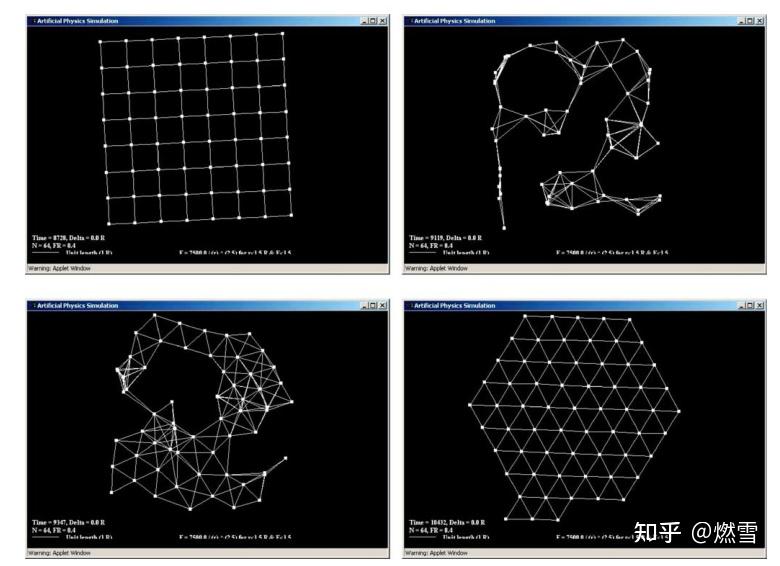|
In recent years, the rapid growth of Internet of Things (IoT) devices and the increasing demand for real-time data processing have led to the emergence of a groundbreaking technology known as edge computing. Edge computing brings computation and data storage closer to the source of data generation, enabling faster and more efficient processing at the network edge. This article explores the concept of edge computing and its potential to revolutionize the future of technology. Edge computing involves deploying computing resources, such as servers and data centers, in close proximity to where data is being generated. Unlike traditional cloud computing, where data is sent to a centralized server for processing, edge computing allows for localized processing at or near the device generating the data. By reducing latency and bandwidth requirements, edge computing overcomes the limitations of cloud-based solutions and enables real-time analytics and decision-making. One of the key advantages of edge computing is its ability to address the increasing volume of data generated by IoT devices. With billions of connected devices expected to be deployed in various sectors, such as manufacturing, healthcare, transportation, and smart cities, the sheer volume of data overwhelms traditional cloud infrastructure. Edge computing alleviates this burden by distributing the processing workload across a network of edge nodes, resulting in faster response times and improved scalability. Moreover, edge computing offers enhanced security and privacy compared to traditional cloud-based approaches. By keeping sensitive data localized and minimizing data transfer over networks, edge computing reduces the attack surface and mitigates the risk of data breaches. This is particularly important in industries that deal with sensitive information, such as healthcare and finance. Furthermore, edge computing enables real-time analytics and decision-making, which is critical in applications where timely actions are required. For example, in autonomous vehicles, the ability to process sensor data on the edge allows for immediate detection of obstacles and quicker response, enhancing safety and efficiency. Similarly, in industrial settings, edge computing enables predictive maintenance by analyzing sensor data in real-time and identifying potential equipment failures before they occur. The potential applications of edge computing are vast. In addition to IoT and autonomous systems, edge computing can revolutionize other domains such as augmented reality, virtual reality, and gaming. By reducing latency and enhancing user experience, edge computing enables seamless and immersive interactions in these fields. In conclusion, edge computing represents a paradigm shift in the way we process and analyze data. With its ability to bring computation closer to the source of data generation, edge computing offers faster response times, improved scalability, enhanced security, and enables real-time analytics. As technology continues to evolve, edge computing is poised to play a vital role in shaping the future of various industries and applications, ultimately leading us into a new era of innovation and efficiency.  |
